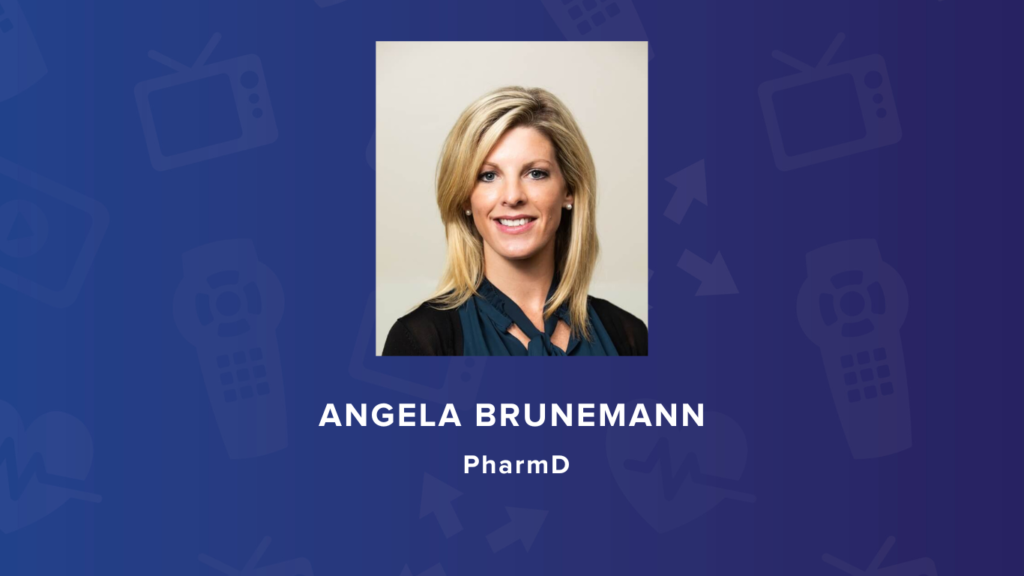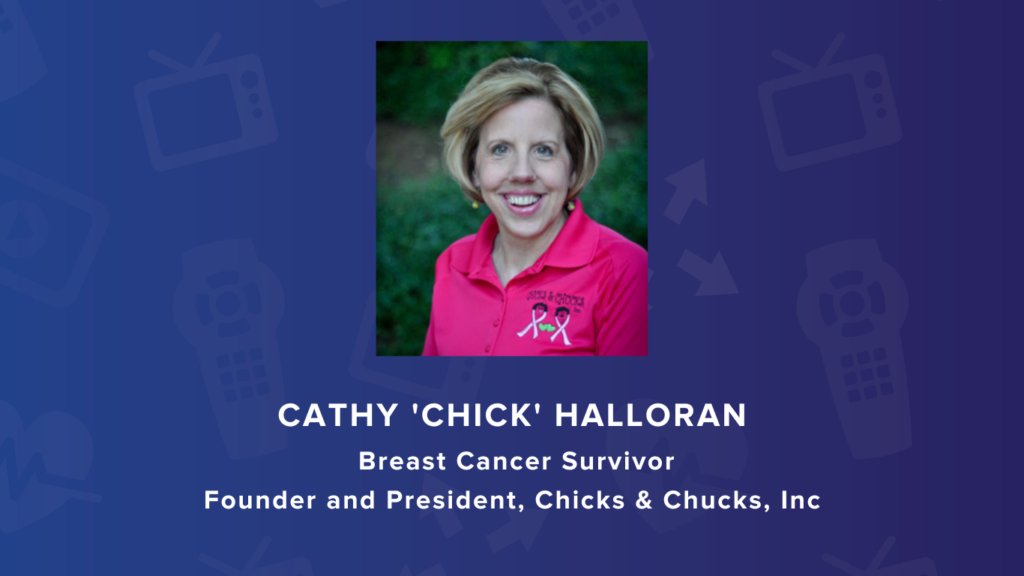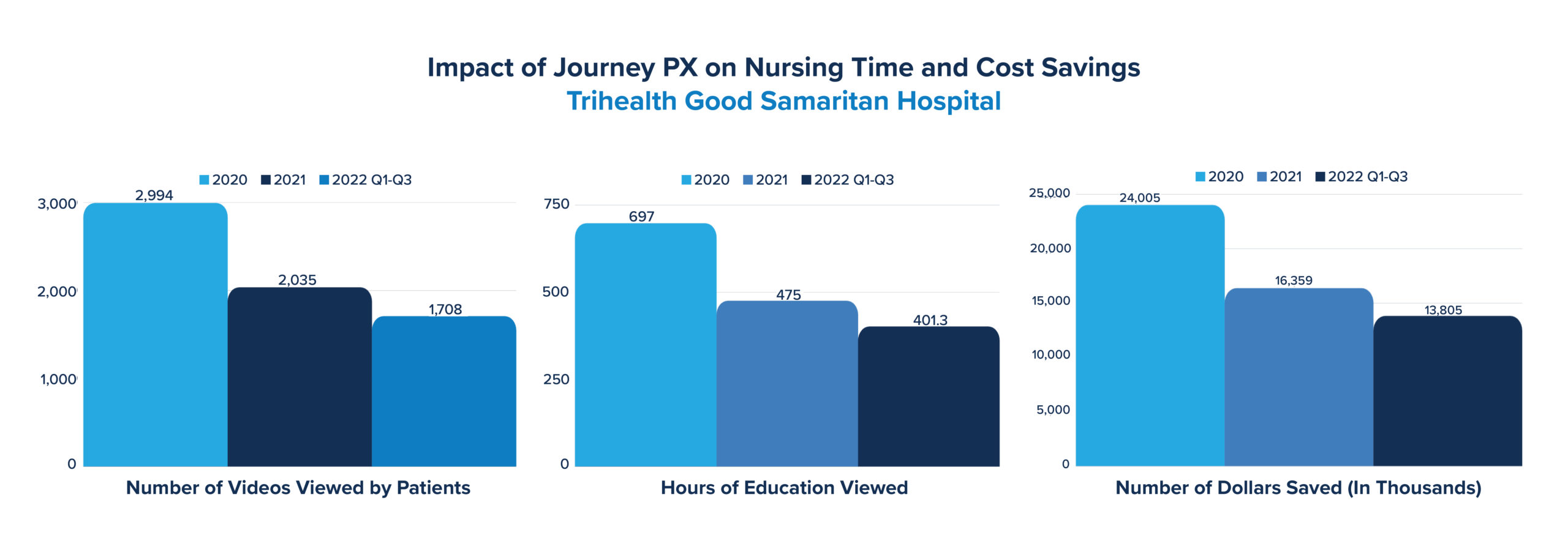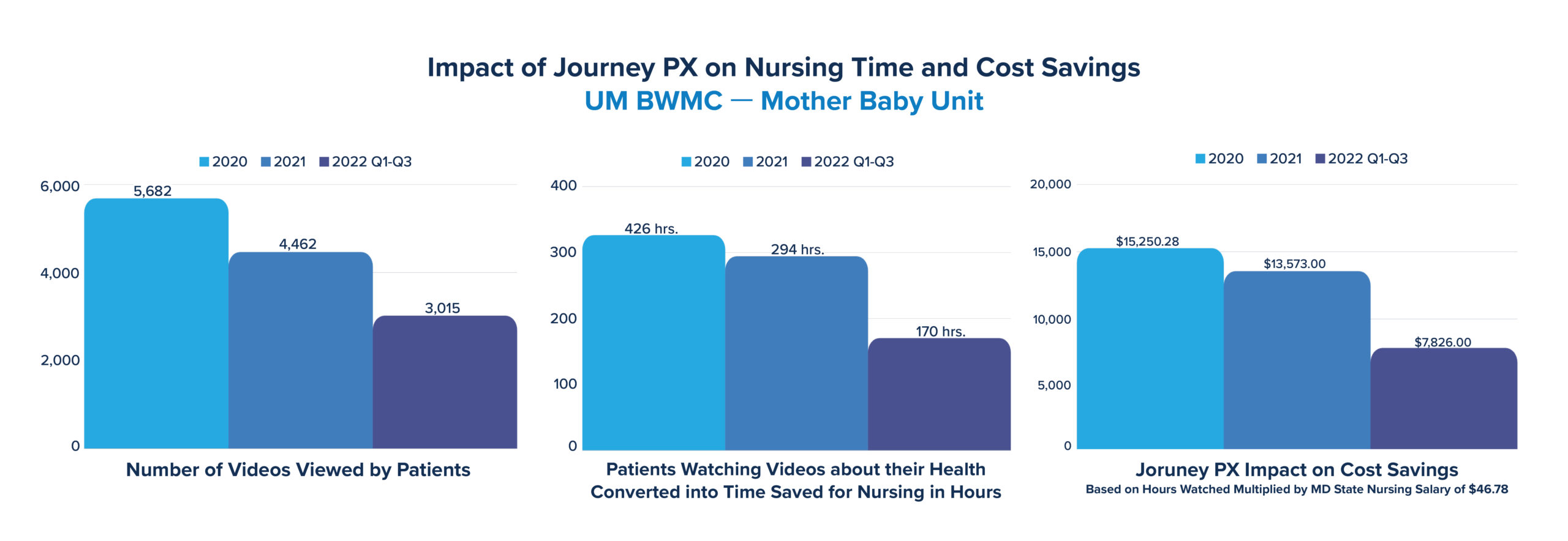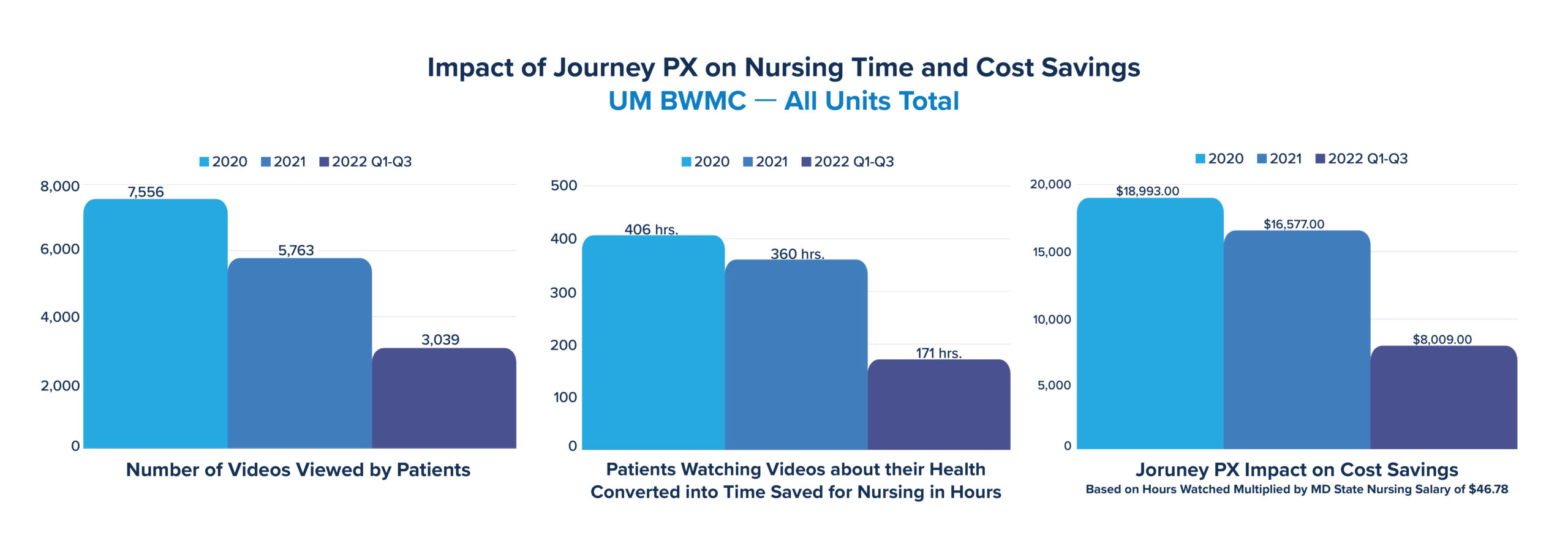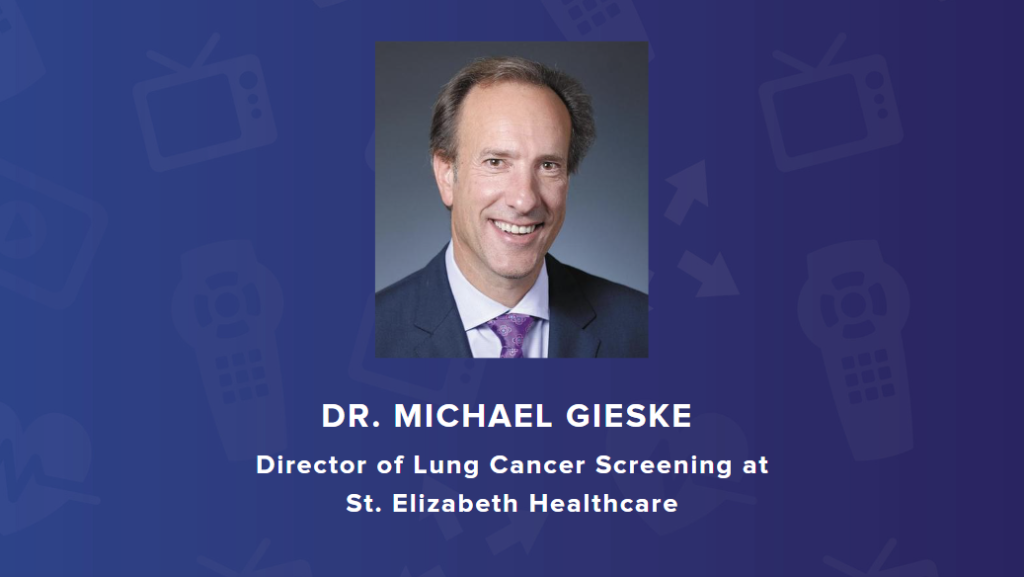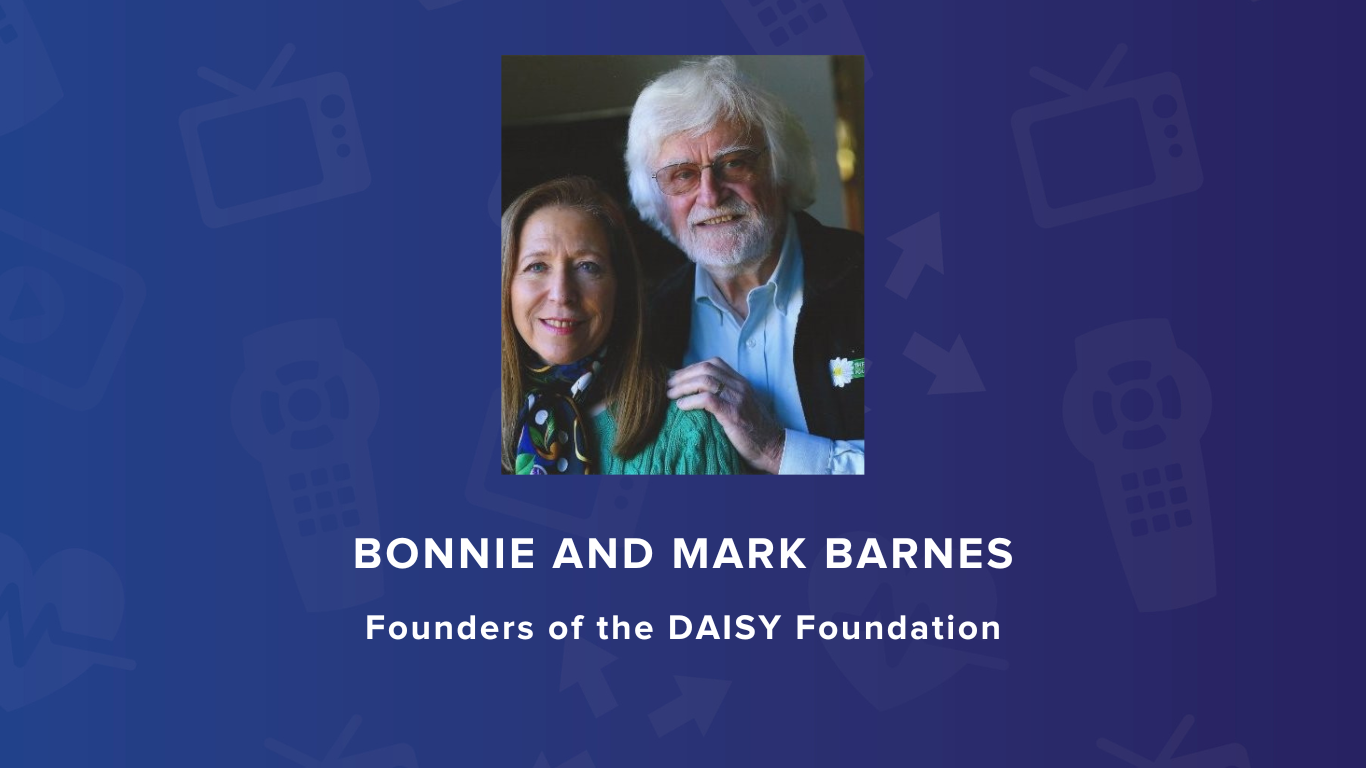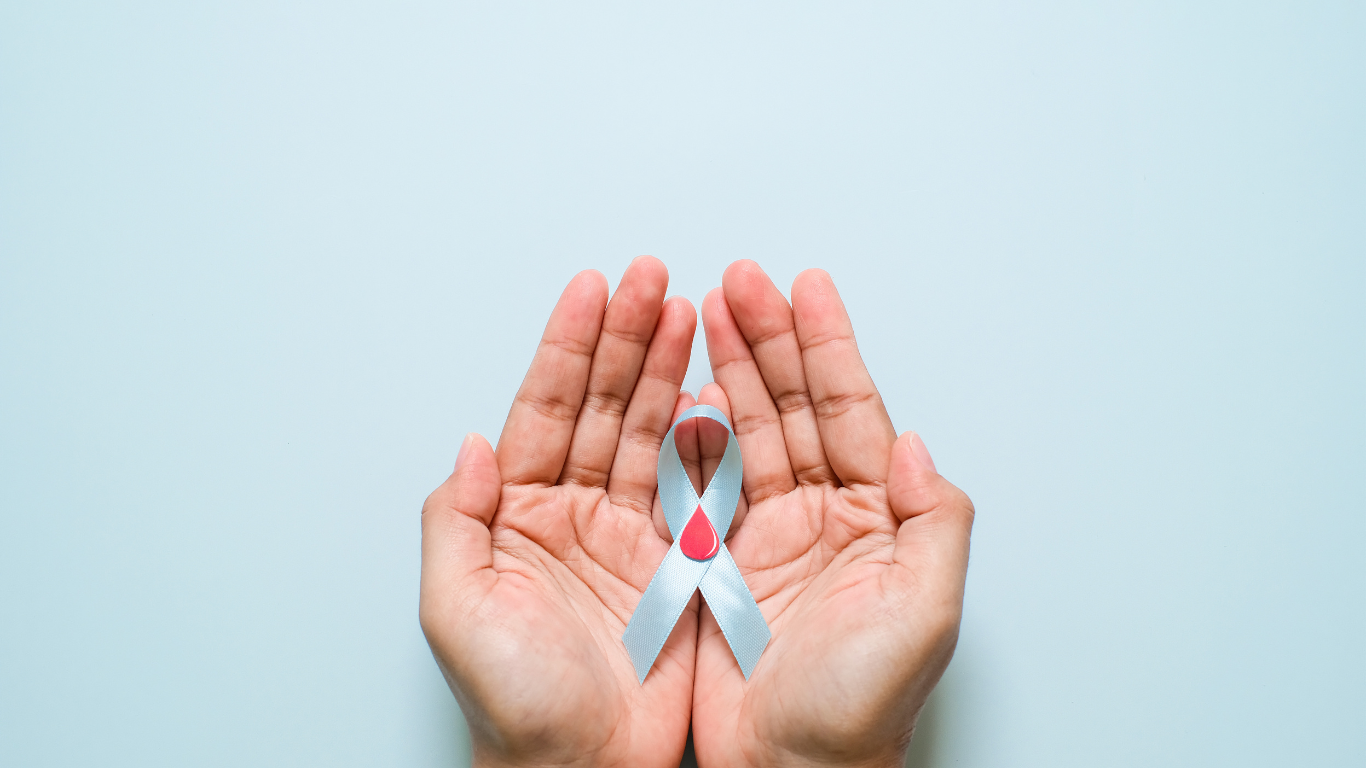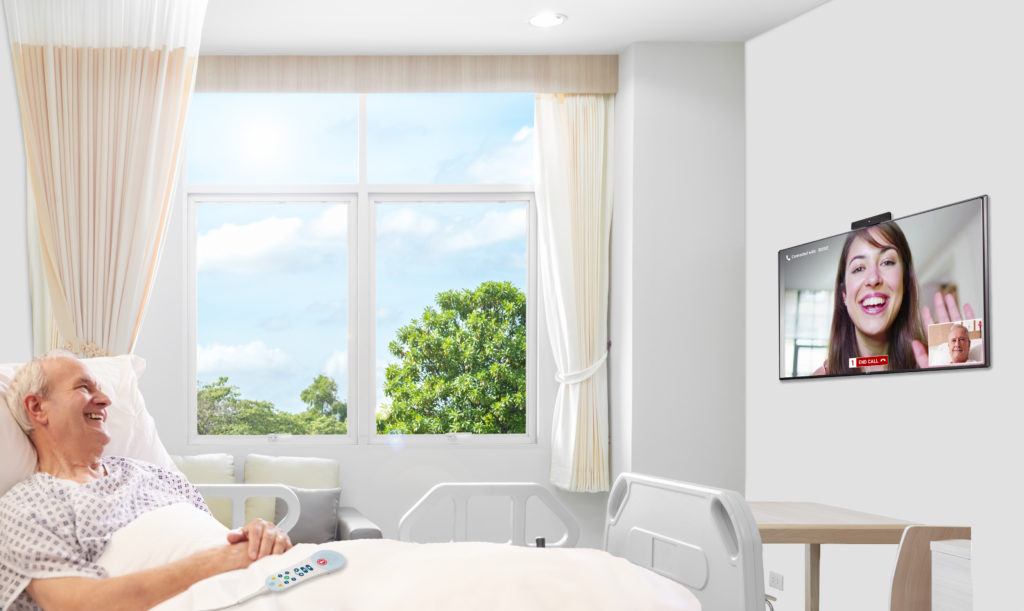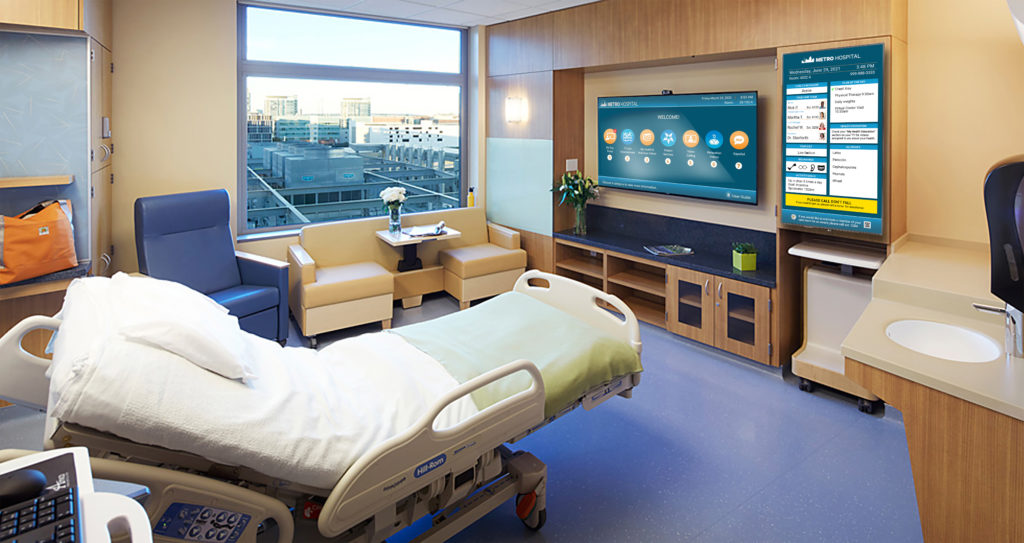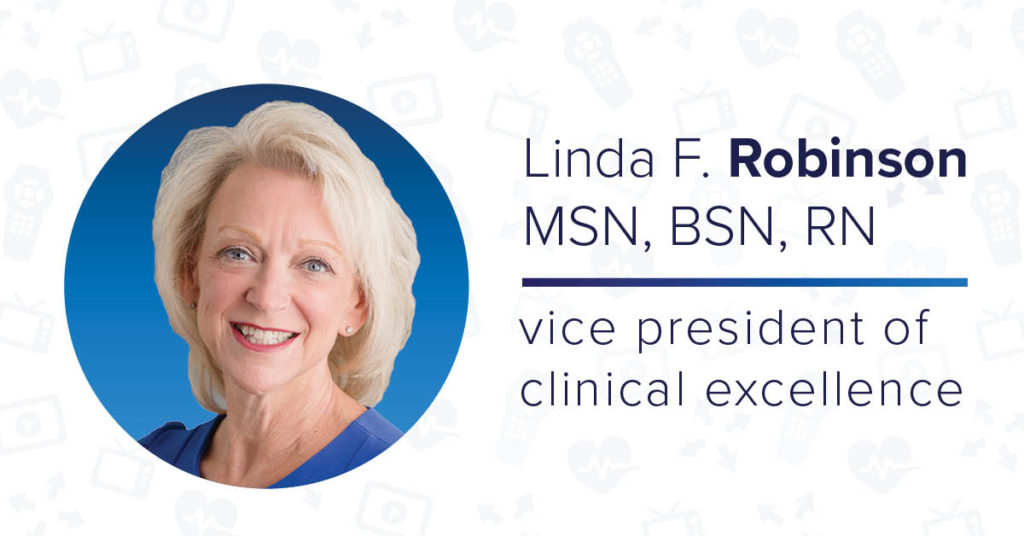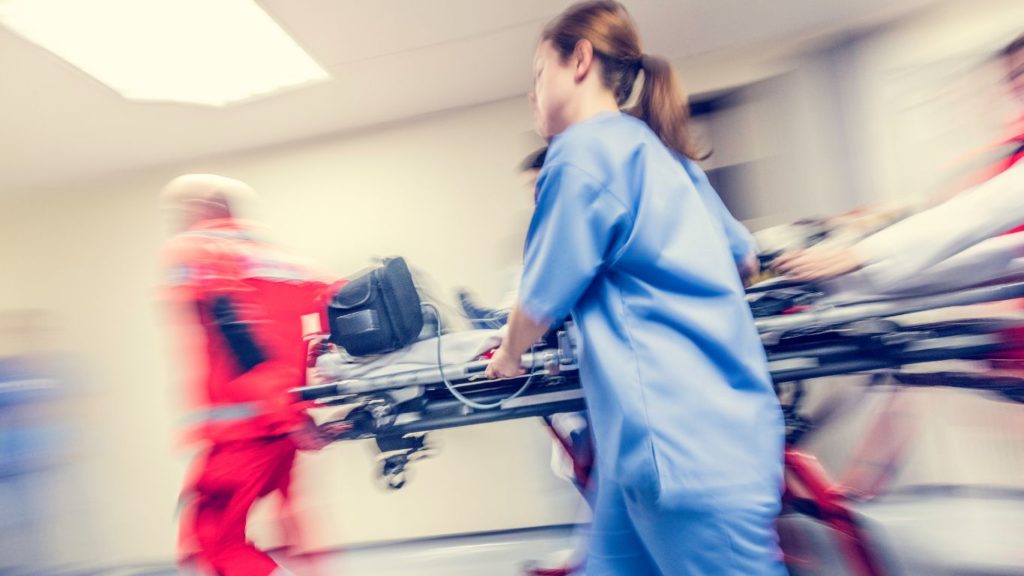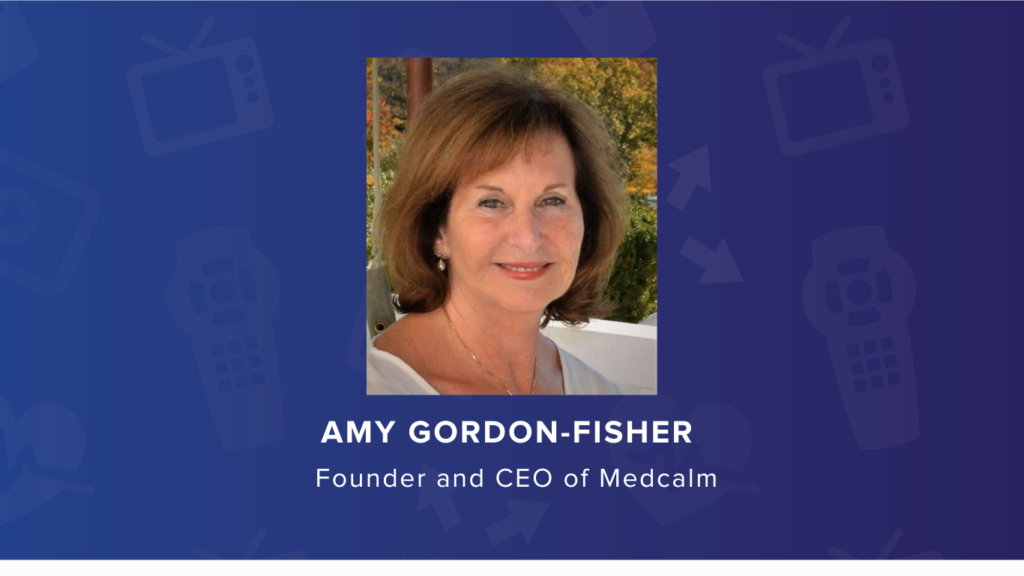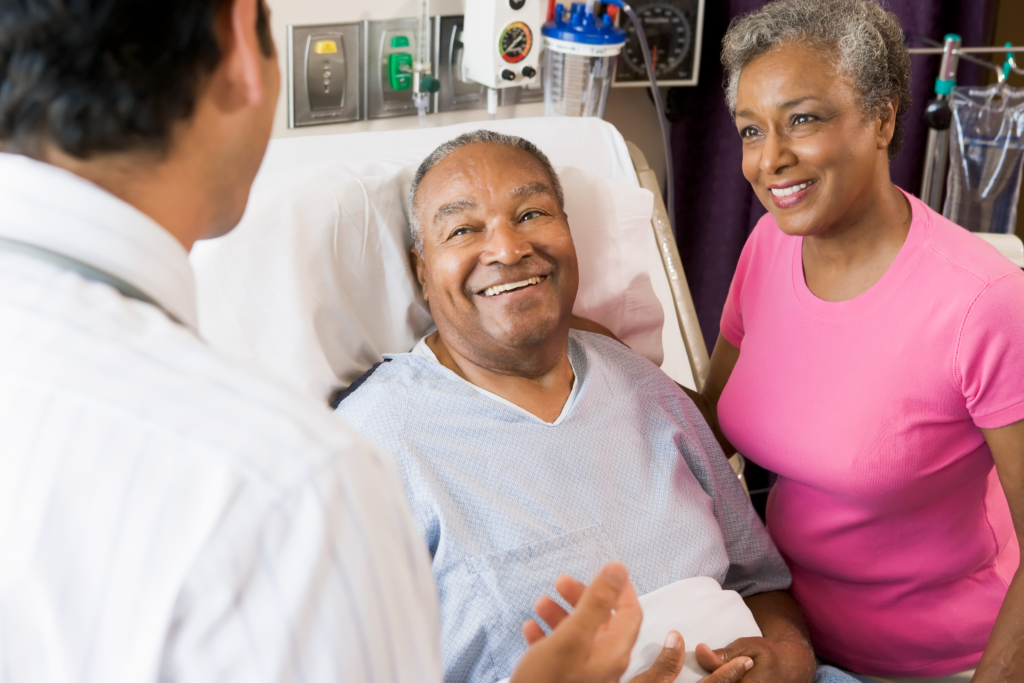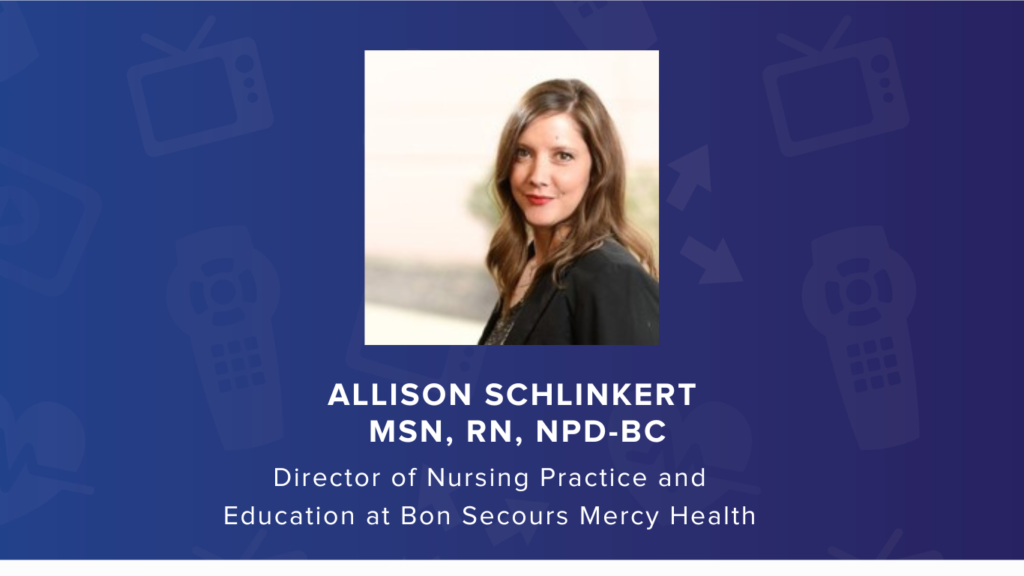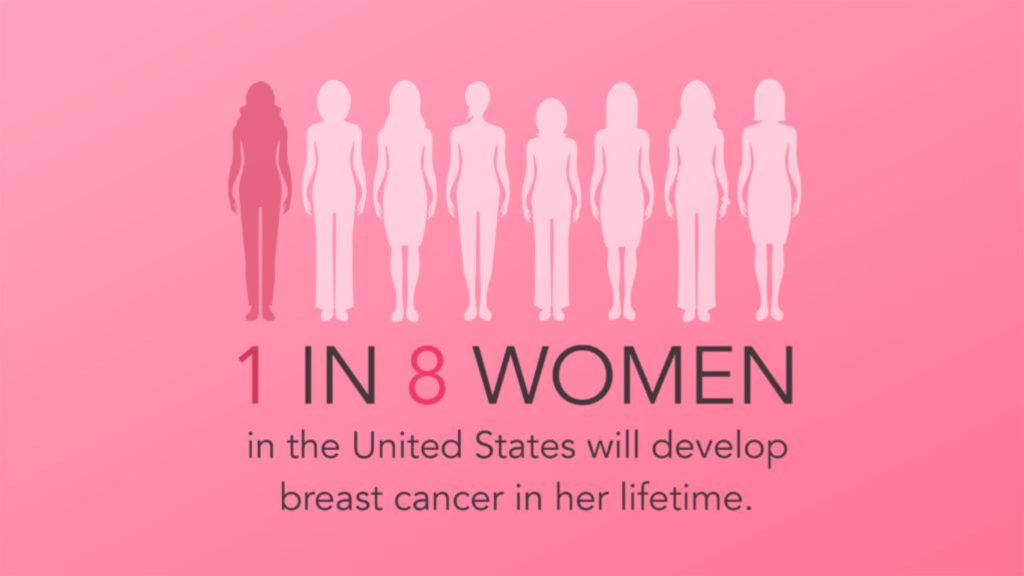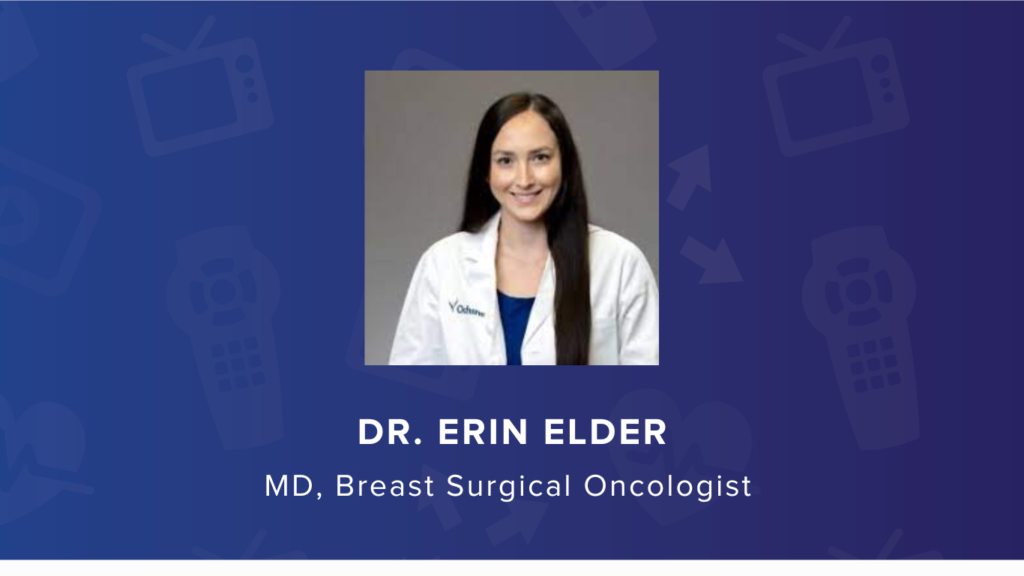
Written with contributing author Linda Robinson, MSN, CPXP, RN, Vice President of Clinical Excellence, MDM Healthcare
Up to 45% of Americans do not fill prescriptions because of cost. Medication non-adherence annually leads to $100-$300B in excess morbidity and mortality. Not filling a medication prescription is considered primary non-adherence. There are many reasons that patients do not fill their medication. It could be a lack of medication understanding, insufficient funds, poor communication, limited health literacy, and even something as simple as an inability to get to the pharmacy. Because of these facts hospital discharge is a particularly important time. This is an opportunity to supply the patient with their needed prescriptions and have a pharmacist counsel them on the purpose and side effects. It is also a time for the patient to ask questions or voice concerns regarding lifestyle changes due to medication.
We recently interviewed Angela Brunemann, PharmD the Director of Business Development for a large pharmacy care services company that serves millions of Americans. Brunemann collaborated previously with Vice President of Clinical Excellence, at MDM Healthcare Linda Robinson, MSN, CPXP, RN to design and implement a patient engagement technology program for a large hospital system in Kentucky called Discharge Medication Delivery Service.
In her interview she discussed broadening the patient experience, patient engagement, and the use of technology in a hospital setting from a pharmacist's perspective, demonstrating the impact of the pharmacy’s role.
Brunemann emphasized the importance of touchpoints for patients. when she develops a plan of care. “Thinking about the patient experience as a whole, it encompasses every touchpoint we have with the patient. And a lot of people call those moments of truth because it's those touch points from the very beginning, that kind of set the stage for the patient, and then start to ask the question, okay, now how does pharmacy have an impact in that, because that's where we find new opportunities to impact patient experience” she said.
Brunemann stressed the importance of developing programs centered around patients’ needs and using technology developed around that information. She also stressed that the design of patient engagement technology is important. “We want technology to acclimate to the patient's environment. So it isn't generic, and it feels like it was almost like a concierge. This is your personal pharmacy technician,” she said. She also emphasized timing, personalization, and relevancy as key aspects of effective patient engagement technology.
Meds to Beds with JourneyPX
Journey PX has the ability to create a meds-to-beds program that is customized to the unique needs of hospitals. JourneyPX can integrate with the EMR and engage the patient at the bedside via prompts, medication education, and pharmacy information to drive medication health literacy. There are several features that would frame the program: Auto assignment of medication education upon medication order, Meds to Beds participation prompt, notification via text, email, or EMR to the pharmacy that the patient would like to participate in the meds to beds program, pharmacy medication counseling visit in person or virtual via video Connect.
Filling patient prescriptions in-house also keeps revenue in-house that would otherwise go elsewhere. Upon admission when the patient TV is turned on a prompt will appear asking the patient if they would like their medication prescriptions filled prior to discharge. Choices of “yes” or “no, thank you” are offered. If the patient chooses yes a thank you response appears and notifies the patient of the program process. Most often that a pharmacy representative will be in to speak with them. Some hospitals personalize these messages with staff photos and a time frame to expect a visit. If the patient chooses a no response they receive a message thanking them and letting them know that if they change their mind to let their nurse know and the pharmacy can be notified or they can find the meds to beds program under the patient services tab on the Journey PX My Stay home screen and opt in to participate there at any time during their stay. Once the prompt is received by the pharmacy a time would be scheduled to review the patient's discharge medications either in person or virtually. This scheduled time could appear on the patient’s My Day Today board (digital whiteboard). If virtual the patient could be alerted 15 minutes prior with a prompt via their TV to let them know they have a virtual visit scheduled and to be ready to take the call. Upon discharge, the medications are delivered to the patient’s room.
Throughout the patient's stay as medications are ordered by their physician in the EMR JourneyPX can auto assign corresponding medication education content to be sent to the patients in room MY Stay and My Day Today solution on their TV. A red badge alert will display in the My Education section alerting the patient that they have the education to view. In addition, when the medication is ordered the patient will also receive prompts to engage and encourage them to watch the education with the choices of “now” or” remind me later”. If they choose remind me later the prompt will reappear again at predetermined intervals until the education is completed. The completion and understanding response can then be documented back into the EMR.
Listen to the full podcast interview with Angela Brunemann, PharmD below.
